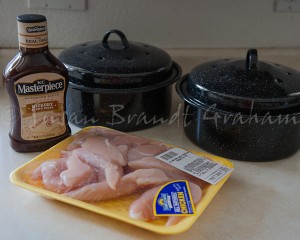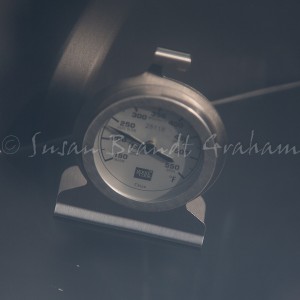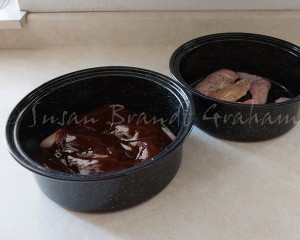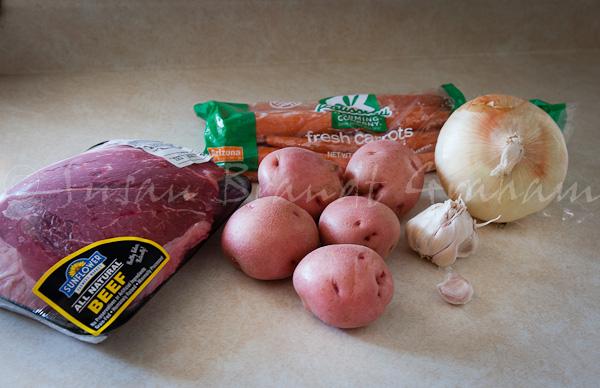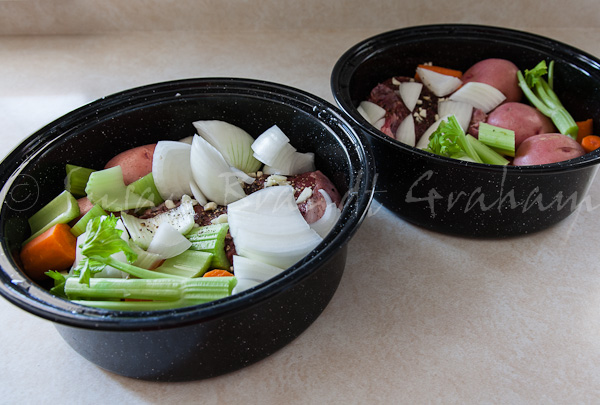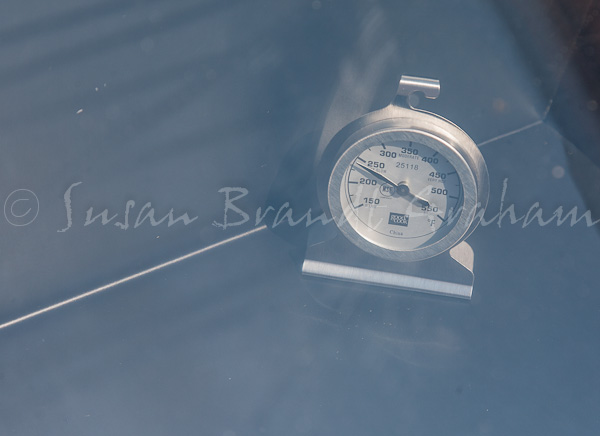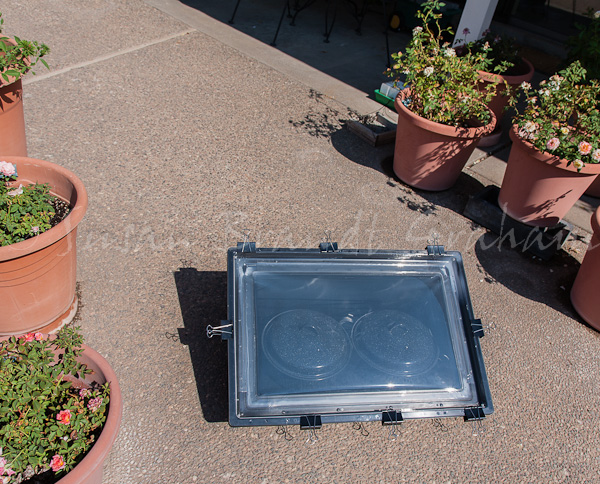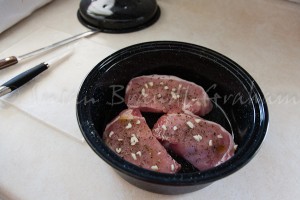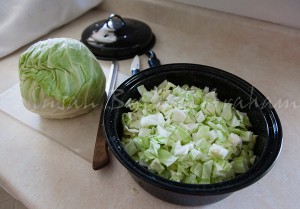Daylight Savings Time Returns March 9
Daylight Savings Time returns to this coming Sunday, March 9, 2014. “Officially” the clocks at 2:00 am move to 3:00 am, but I certainly change mine the night before (well, usually).
Remember, it is “Spring forward. Fall back.”
Read a history of Daylight Savings Time here.
Some people prefer Standard Time. I am not one of them. I love having the longer afternoon/evening time, whether for working in the yard, photographing flowers, or photographing birds, insects, or sunsets.
I think I began to fully understand the effects of Daylight Savings Time when I began cooking with a simple solar oven. (Use the Search box for “solar” to find related posts on this blog). I generally use it from May through September. Mine is very low tech, but quite functional when used as a slow cooker for many things. If I start it heating at 9:00 am, it is warm enough to cook by 10:00 am. At 4:00 pm, regardless of outside ambient temperature, the heat in the oven drops rapidly because of the drop in UV rays from the sum. So, I basically have 6 hours to cook, from 10:00 – 4:00. This is Daylight Savings Time because it is summer. If it were Standard Time, it would be 9:00 – 3:00, or the three hours before and after Noon. Just a bit of trivia…
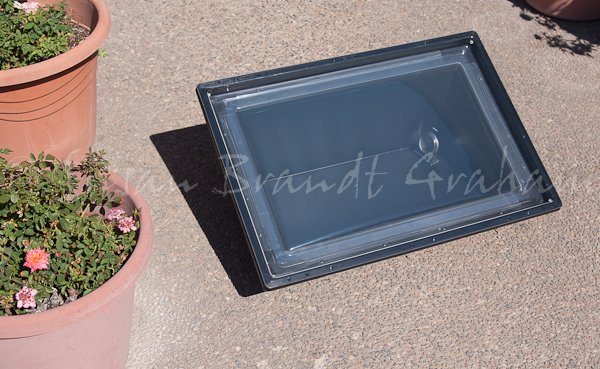
Preheated solar oven
Love it or hate it, remember to “spring forward” this Sunday.

